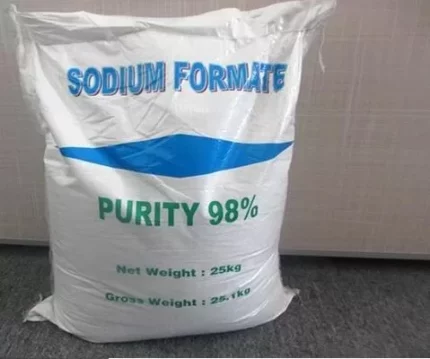
Sodium formate Industrial Grade
KSh6,000.00 Original price was: KSh6,000.00.KSh5,500.00Current price is: KSh5,500.00.
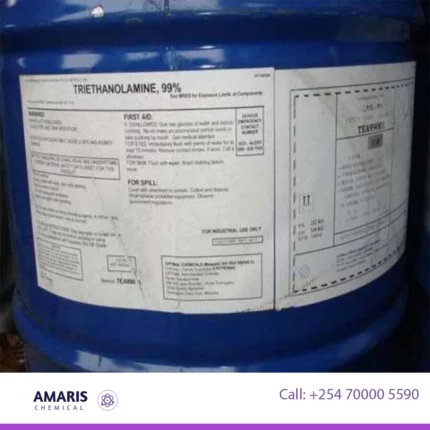
Triethanolamine (TEA)
KSh85,000.00 Original price was: KSh85,000.00.KSh84,000.00Current price is: KSh84,000.00.
Ink reducer (ethanol)
KSh0.01 Original price was: KSh0.01.KSh0.00Current price is: KSh0.00.
Whatsapp Order
Category: Solvents (lab)
Reviews (0)
Be the first to review “Ink reducer (ethanol)” Cancel reply
Related products
Acetone Extra Pure
Acetone Extra Pure
Acetone is a colorless, flammable liquid with a sweet, fruity odor. It is a common organic solvent that is widely used in the production of plastics, fibers, drugs, and other chemical compounds. Acetone is also commonly used as a cleaning agent and a nail polish remover. Chemically, it is the simplest ketone and is represented by the formula CH3COCH3.
Deionized water
Deionized water, also known as demineralized water, is water that has had its mineral ions (such as sodium, calcium, iron, and copper) and dissolved solids removed through a process called ion exchange.
Distilled water, on the other hand, is water that has been purified by boiling it into steam and then condensing the steam back into water. This process removes impurities such as minerals, bacteria, and other contaminants.
Both deionized and distilled water are highly purified forms of water, but the processes used to purify them are different. Deionized water is typically used in laboratory settings or in industrial processes, while distilled water is commonly used in medical applications, humidifiers, and in some consumer products
Ethyl acetate 99.5% 2.5L
Rated 5.00 out of 5
Ethyl acetate is a colorless liquid with a characteristic fruity odor. It's commonly used as a solvent in paints, varnishes, and nail polish removers. You might also find it in certain glues, decaffeinating coffee, and flavorings. It's considered relatively safe for use in these applications but should be handled with care due to its flammable nature. Additionally, ethyl acetate occurs naturally in fruits like apples and bananas, contributing to their aroma and flavor.
Hexane 2.5litres AR
Rated 5.00 out of 5
Hexane is a hydrocarbon with the chemical formula
𝐶6𝐻14.
It is a member of the alkane series, which means it is composed solely of hydrogen and carbon atoms with single bonds between them. Hexane is a colorless liquid at room temperature and is commonly used as a non-polar solvent in laboratories and industrial applications. Here are some key properties and uses of hexane:
Sulphuric Acid 2.5 liters
Sulfuric acid is a highly corrosive and strong mineral acid with the chemical formula H2SO4. It is a dense, colorless, odorless, and viscous liquid that is soluble in water and is one of the most widely used chemicals in industry. Sulfuric acid is used in the production of fertilizers, dyes, detergents, and other industrial chemicals. It is also used as a laboratory reagent and in the processing of metals and ores. Sulfuric acid is known for its ability to react violently with many substances, and it should be handled with extreme care.
Toluene 2.5 liters
Toluene is an aromatic hydrocarbon compound with the chemical formula C₆H₅CH₃. It is a clear, colorless liquid with a sweet, pungent smell. Toluene is widely used as a solvent in various industrial processes and is a common ingredient in many products, including paints, coatings, adhesives, and cleaning agents. It can also be found naturally in crude oil and is produced during the process of making gasoline. Toluene is flammable and can have harmful effects on human health if inhaled or ingested in large quantities.
Trichloroethylene 280kg
Rated 5.00 out of 5
Trichloroethylene is a volatile organic compound and chemical substance with the chemical formula C2HCl3. It is a colorless, non-flammable liquid with a sweet odor, primarily used as an industrial solvent, degreaser, and in some medical applications. Trichloroethylene is known for its ability to dissolve oils, fats, and waxes, making it useful for cleaning and degreasing metal parts and in various manufacturing processes. However, it is also considered a hazardous substance due to its potential health risks and environmental concerns, including its association with adverse health effects such as respiratory and central nervous system problems, as well as its contribution to air pollution and groundwater contamination when not handled and disposed of properly.



 LABORATORY EQUIPMENT & APPARATUS
LABORATORY EQUIPMENT & APPARATUS
 Fertilizers
Fertilizers Plant Growth Regulators
Plant Growth Regulators Soil Conditioners
Soil Conditioners Animal Feed Additives
Animal Feed Additives Biostimulants
Biostimulants Dough Conditioners
Dough Conditioners Flour Treatments
Flour Treatments Fat Replacers
Fat Replacers Preservatives (baking)
Preservatives (baking)
 Surfactants (cleaning)
Surfactants (cleaning) Builders
Builders Bleaching Agents
Bleaching Agents Enzymes
Enzymes Solvents (cleaning)
Solvents (cleaning) Fragrances
Fragrances



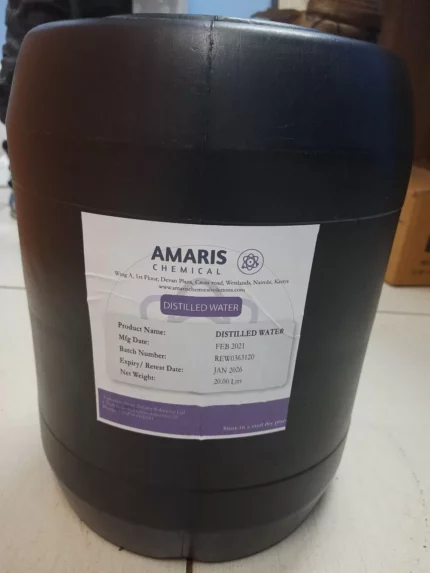
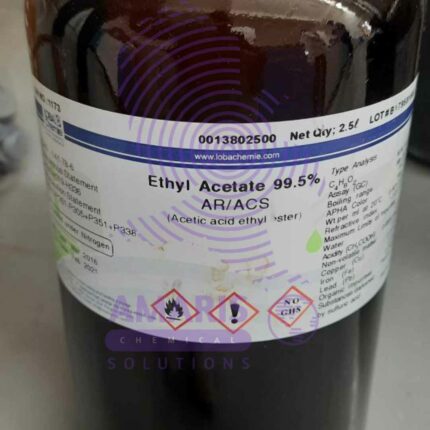
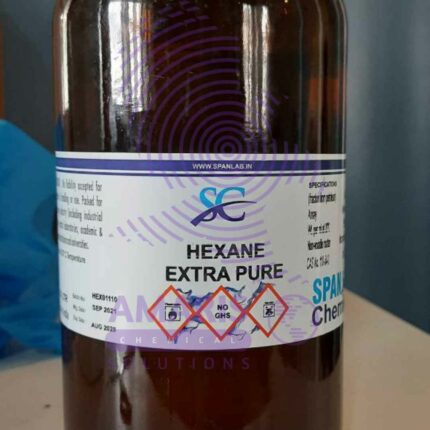
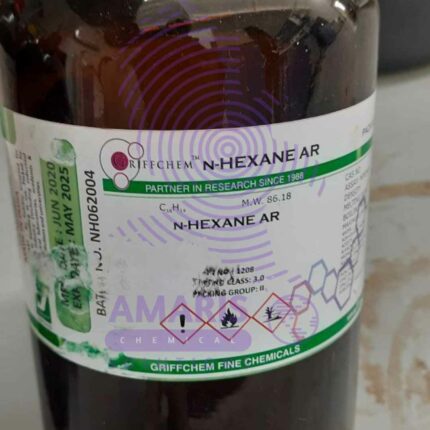
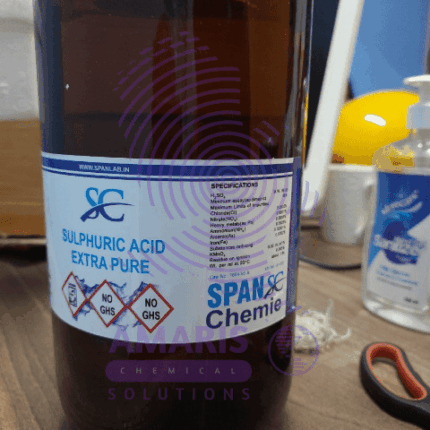
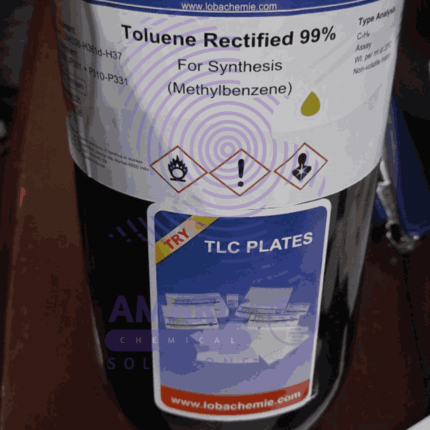

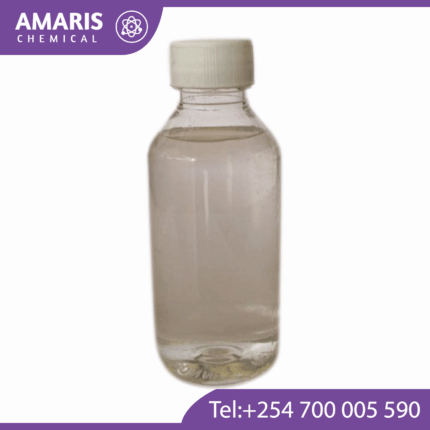













Reviews
There are no reviews yet.